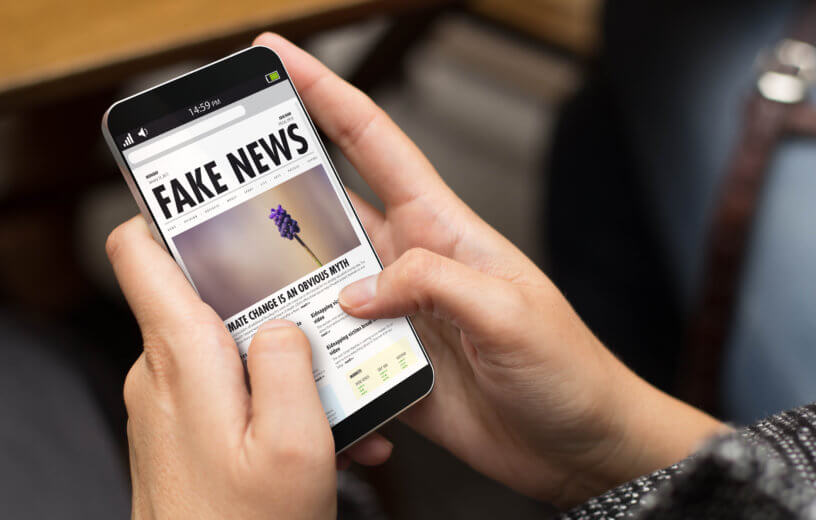BOULDER, Colo. — As the United States nears closer to Election Day, it’s time to be on alert for “fake news” stories. Thanks to social media, phony reports are able to spread more easily than ever before. A recent study from the University of Colorado, Boulder finds it’s not people “in the middle” of the political debate doing the spreading — these stories usually come from the extreme corners of American politics.
“We found that certain types of people are disproportionally responsible for sharing the false, misleading, and hyper-partisan information on social media,” says lead author Toby Hopp in a university release. “If we can identify those types of users, maybe we can get a better grasp of why people do this and design interventions to stem the transfer of this harmful information.”
Dissecting the 2016 election
The CU-Boulder researchers recruited 783 Facebook and Twitter users over the age of 18 to participate in their study. They analyzed the posts of these social media users from August 1, 2015 to June 6, 2017. The time period covers the entire 2016 U.S election cycle and almost half of President Trump’s first year in office.
They study looks for posts including links to one of 106 websites now accused of sharing fake news by media watchdog groups or legacy news organizations like NPR or U.S. News & World Report. Participants also took surveys that asked about their political views and how much they trust various news sources. Those sources include friends, family, colleagues, and the mainstream media.
Sharing extreme viewpoints online
Hopp and his team find that only one in five people are at the far ideological extremes of politics, but this group spreads nearly half the fake news on social media. Those who don’t trust conventional news sources are also likely to share fake news stories online.
“It is not just Republicans or just Democrats, but rather, people who are—left or right—more ideologically extreme,” Hopp explains.
Those that are spreading fake news are typically using Facebook to do so. Over 40 percent of misleading stories shared on Facebook come from people self-identifying as extremely conservative (26%) or extremely liberal (17.5%).
The difference between fake news and biased news
Hopp admits not all these stories are untrue. The assistant professor in the Department of Advertising, Public Relations and Media Design uses the term “countermedia” when describing how these posts frame issues.
“Despite the fact that we tend to call it ‘fake’ news, a lot of this stuff is not completely false,” Hopp cautions. “Rather, it is grossly biased, misleading and hyper-partisan, omitting important information.”
The authors note people can prevent the spread of these stories by calling out countermedia stories in their news feeds. When someone marks a post as inaccurate, other people may be less likely to circulate the story. Researchers hope the results of their small-scale study will encourage more research into the problems fake news presents.
“We can disagree, but when we have fundamentally different views about what information is true and what is not, democracy becomes very difficult to maintain,” Hopp warns.
The study is published in Human Communication Research.
